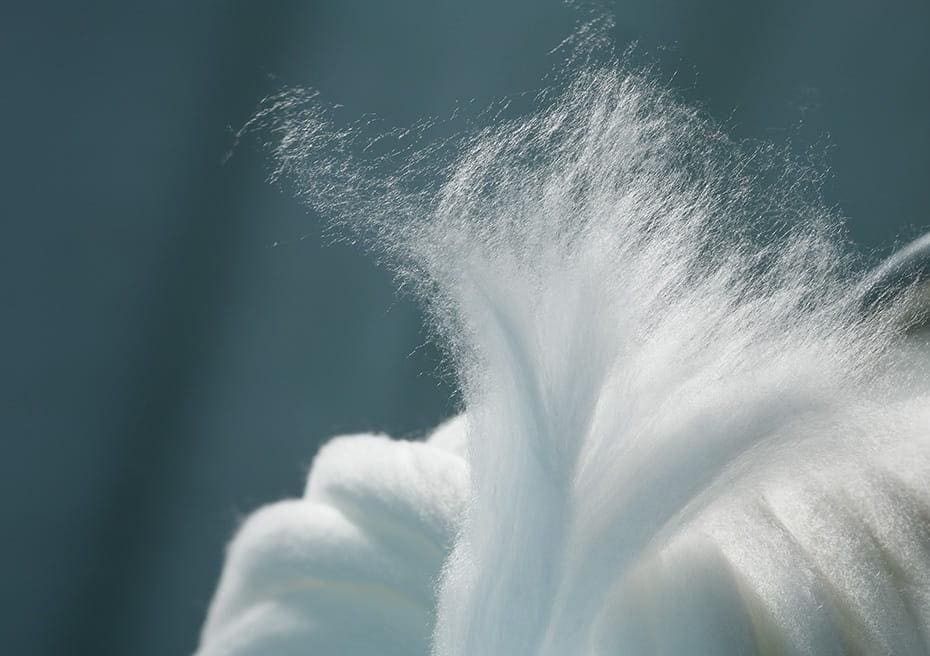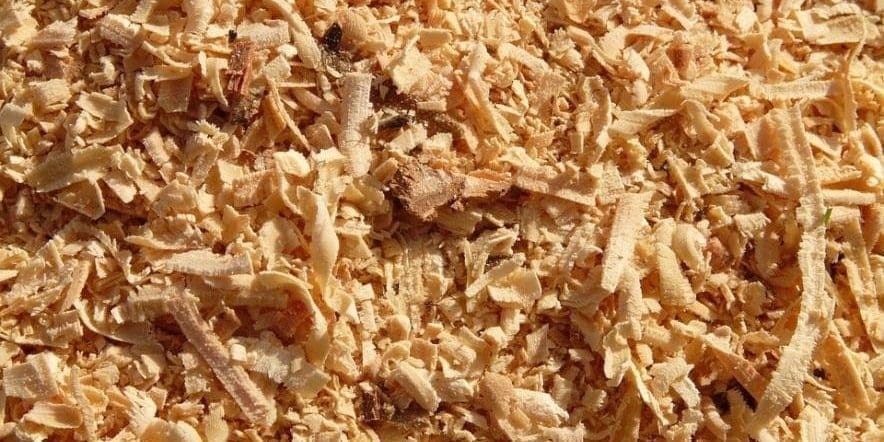Introduction:
Lyocell is a material that is made from wood pulp or wood cellulose. This material was first developed at the American Enka Fibers facility in the year 1972. Later, more development was carried out in the United States as Tencel. Tencel division was sold to the Lenzing AG, an Austrian company which is recent, a giant and major lyocell producer around the globe. Lyocell is used in a variety of things like denim, shirts, T-shirts, trousers, and even the in-home furnishing sector.
How Is Lyocell Made?
As a raw material, trees like eucalyptus, Oak, and birch are harvested from the forests. They are debarked and chopped into small several pieces in the mills. Then these pieces are put into chemical digesters that soften them and transform them into wet pulp. This pulp is then washed with water and dried. Later it is rolled up onto the spools. After this, cellulose present in the pulp is dissolved by breaking it into small pieces. After this, it is loaded into the heated and pressurized containers which are filled with amine oxide. As soon as cellulose dissolves into the clear solution, it is filtered out to ensure no chipped cellulose is present. After the filtration process, the solution is passed through the spinnerets. So that when the solution passes through it, we get long continuous strands of fibre coming out. Later, these fibre strands are washed in demineralized water. After the washing process, the absorbed water by the lyocell fibre is removed by heating. Then, the strands of fibre are passed through the finishing area, where lubricants like soap, silicon are applied to it. This process is important as it helps to untangle the fibre strands. After this process, the fibre strands are moved to the carding process where the combing of fibre is done. The carded fibre is then rolled up and sent for further processes like spinning and weaving, into a fabric mill.

IMAGE SOURCE: www.tencel.com
Characteristics of the lyocell fabric:
Talking about the characteristics, Lyocell is a versatile fabric, as it can be used in various applications from textiles to home furnishing and many more. Lyocell has a soft and smooth texture. It is breathable, comfortable, and lightweight. Its elasticity and strength properties make it an excellent durable material. It has better moisture absorption compared to cotton. These fibres are excellent for sensitive skin due to their soft feel. Lyocell is biodegradable. Also, its production does not require any irrigation process or pesticides. Lyocell is also anti-bacterial due to its moisture management property. Due to these properties, lyocell has made its position in the fashion and textile industry.
How to wash lyocell fabric?
For washing lyocell fabrics, warm or cool water should be used with mild detergent. Gentle Hand washing is advisable. Never squeeze or twist the wet fabric as it can create creases. Air-dry the fabric using a hanger. Also, it is a must to use oxygen-based bleach to remove the stains on the fabric or to whiten the fabric. For the ironing, it is advised to keep it at the lowest temperature or maximum at the medium temperature, to avoid damage. Also always iron on to the wrong side or backside of the fabric. The use of pressure cloth can help and reduce the damage caused by the ironing to the fabric. Ironing at a very high temperature is risky for the lyocell fabric as it can cause scorch to the fabrics.
Conclusion:
Lyocell fibres are a recent discovery that can be fruitful to the environment. Concerning the price, it can be made possible to common people also, if it is blended with other natural fibres and produce comparatively more on to a large scale. Comparing its properties with cotton and other fibres, Lyocell is a great solution to bring a sustainable change in the textile and fashion industry.
References:
- Lyocell, The Fabric Of The Future
- Lyocell Fibers
https://www.sciencedirect.com/topics/engineering/lyocell-fiber
- Lyocell: Properties and How it is made?
https://sewport.com/fabrics-directory/lyocell-fabric
- IMAGE SOURCE: www.lyocell.info


